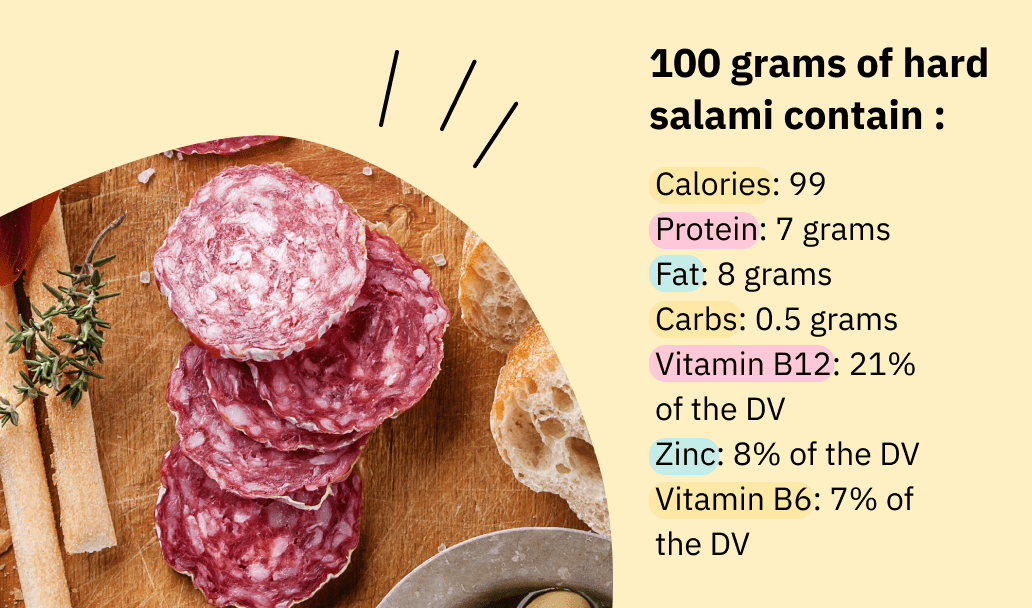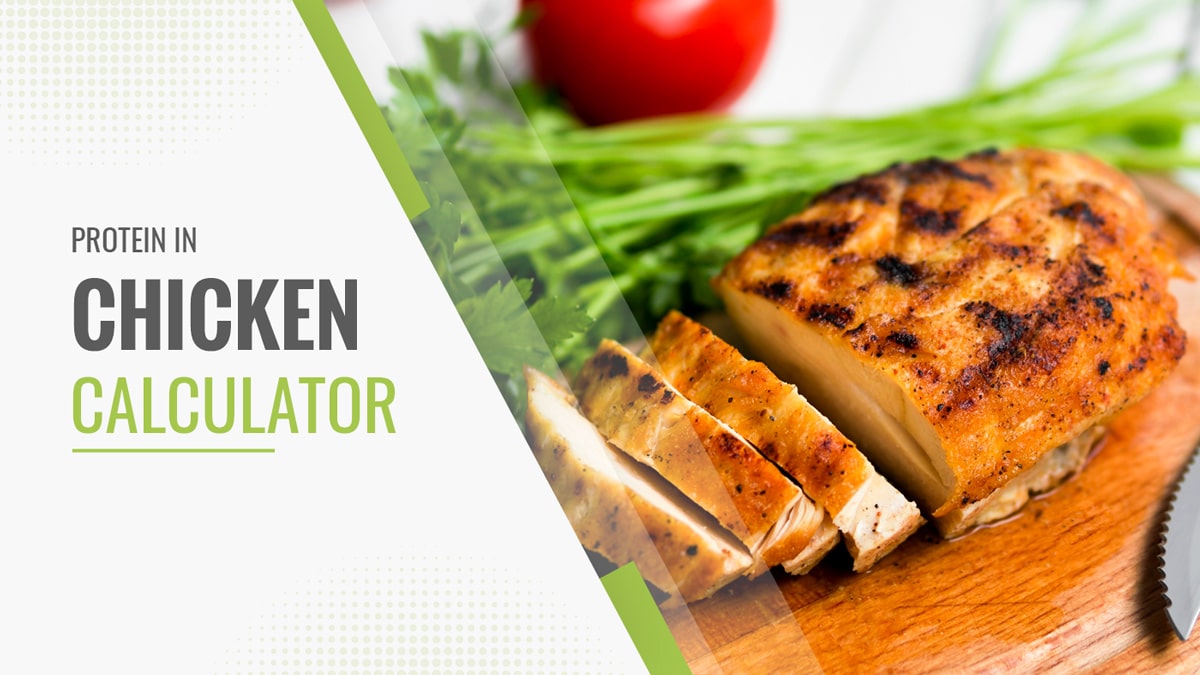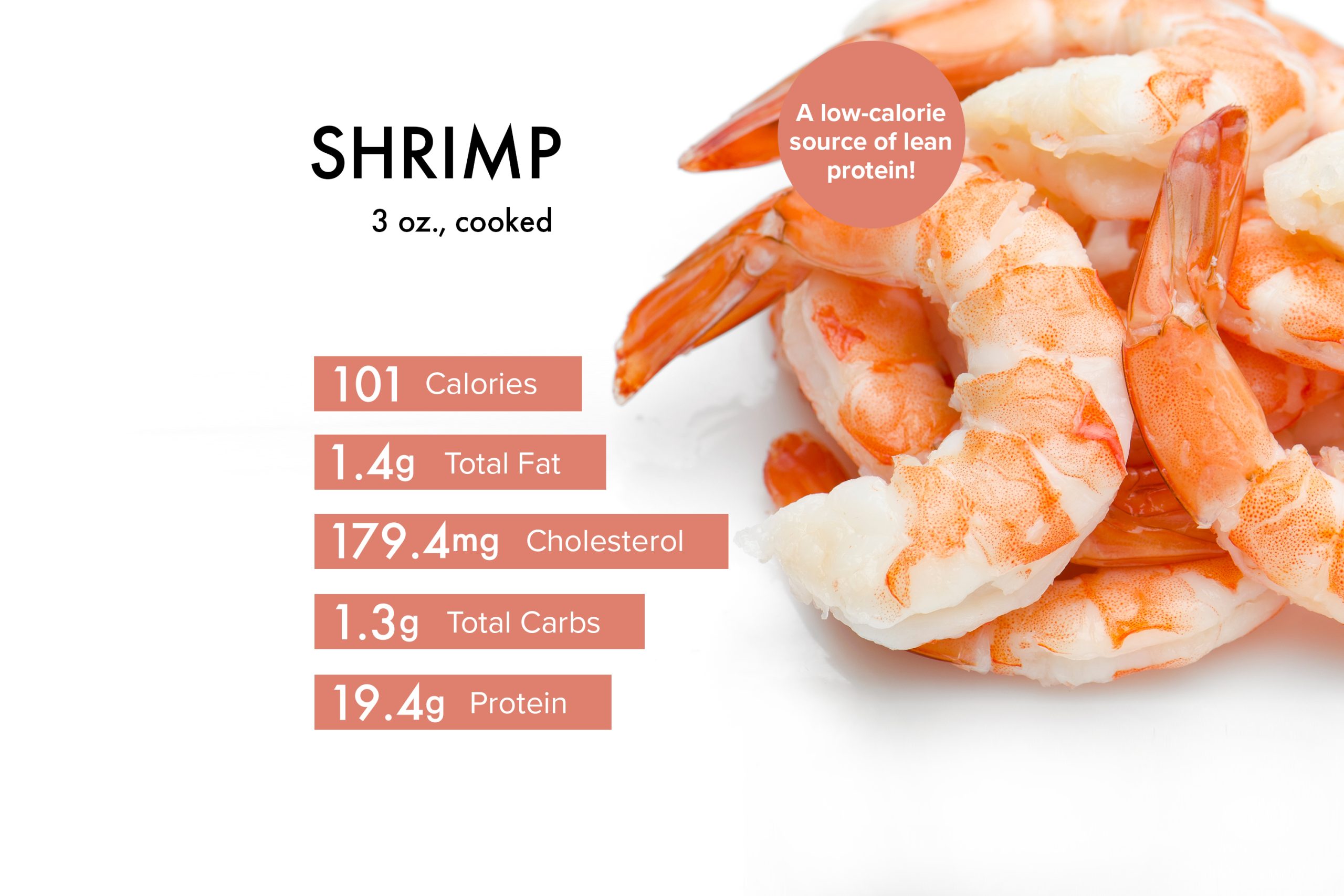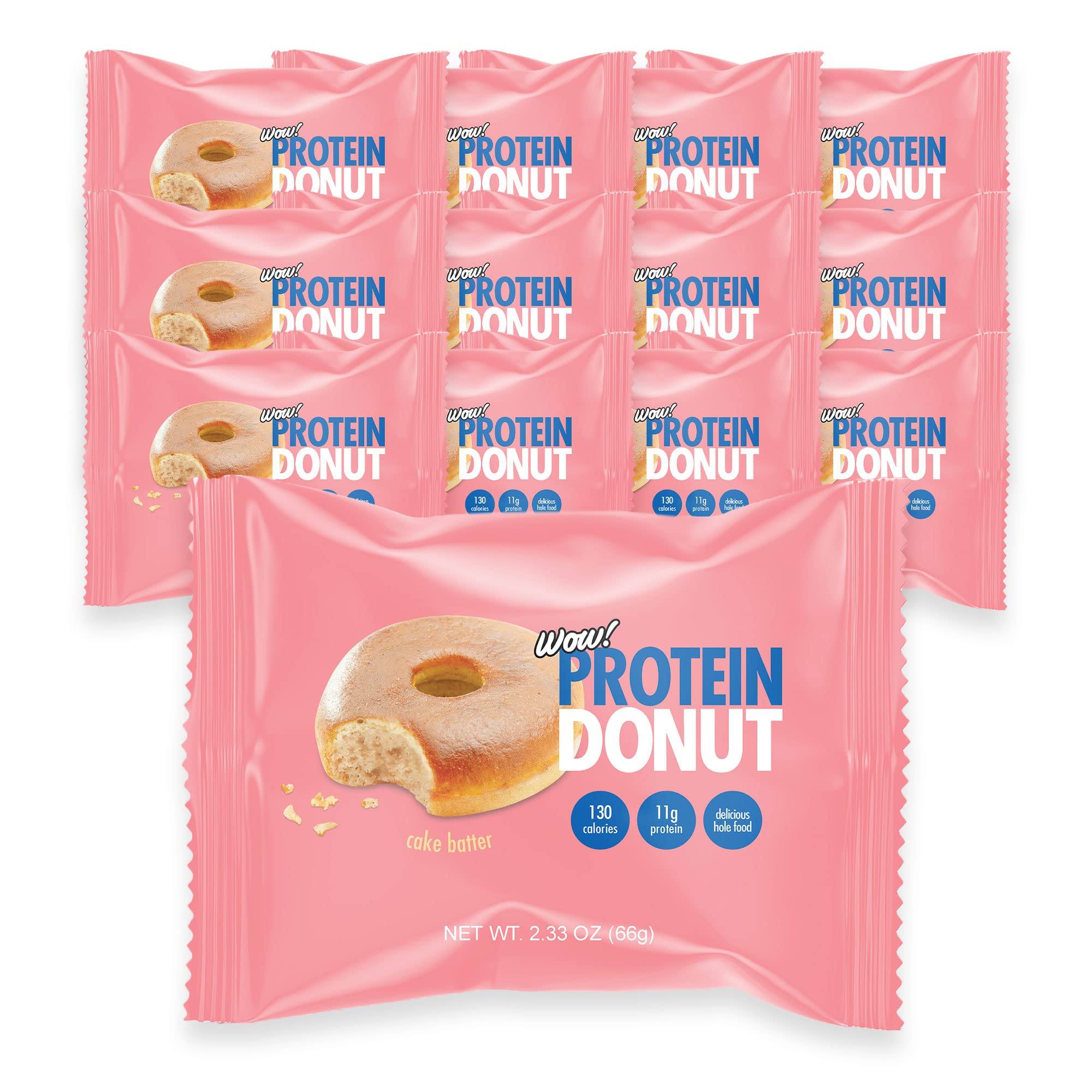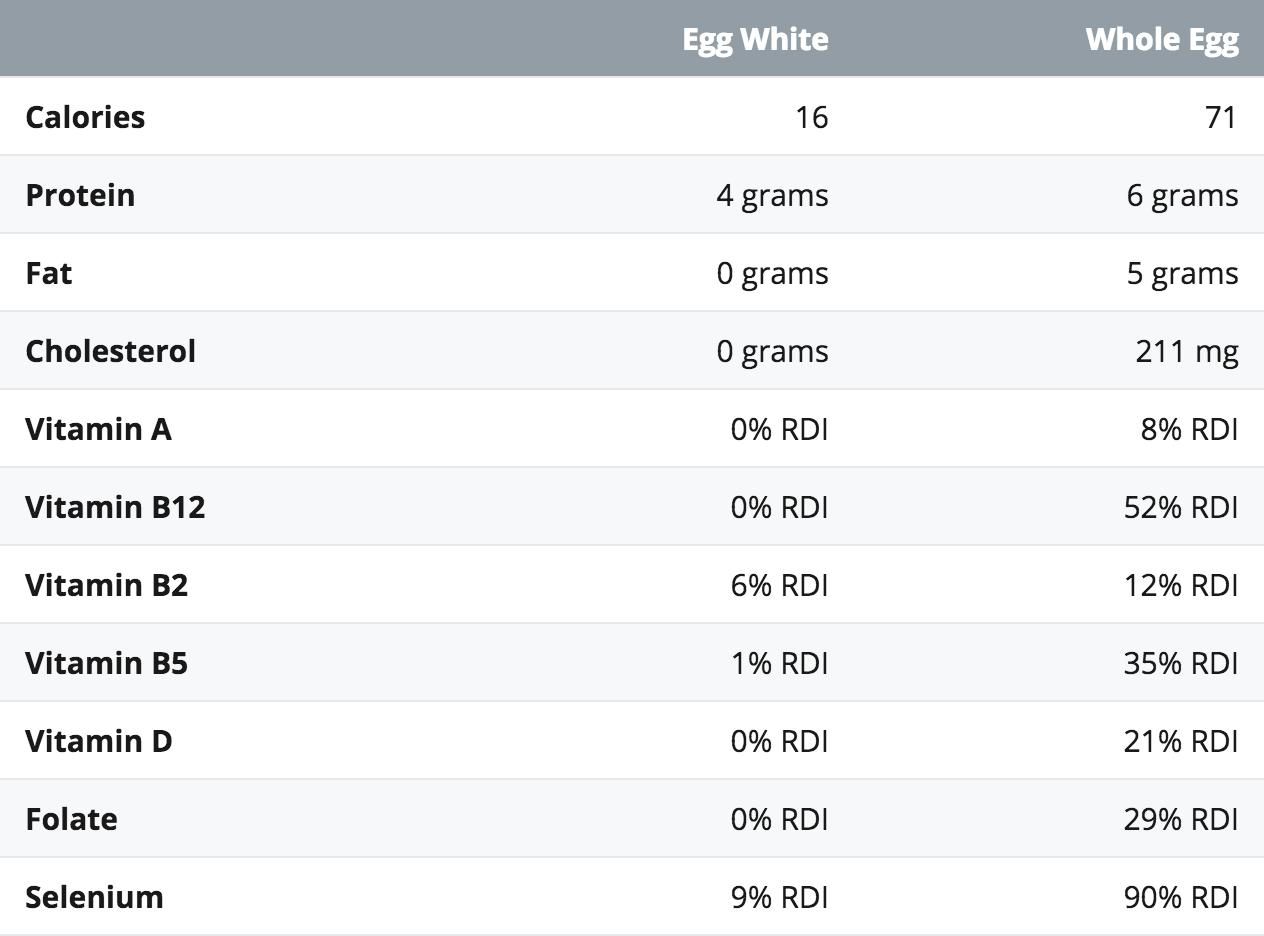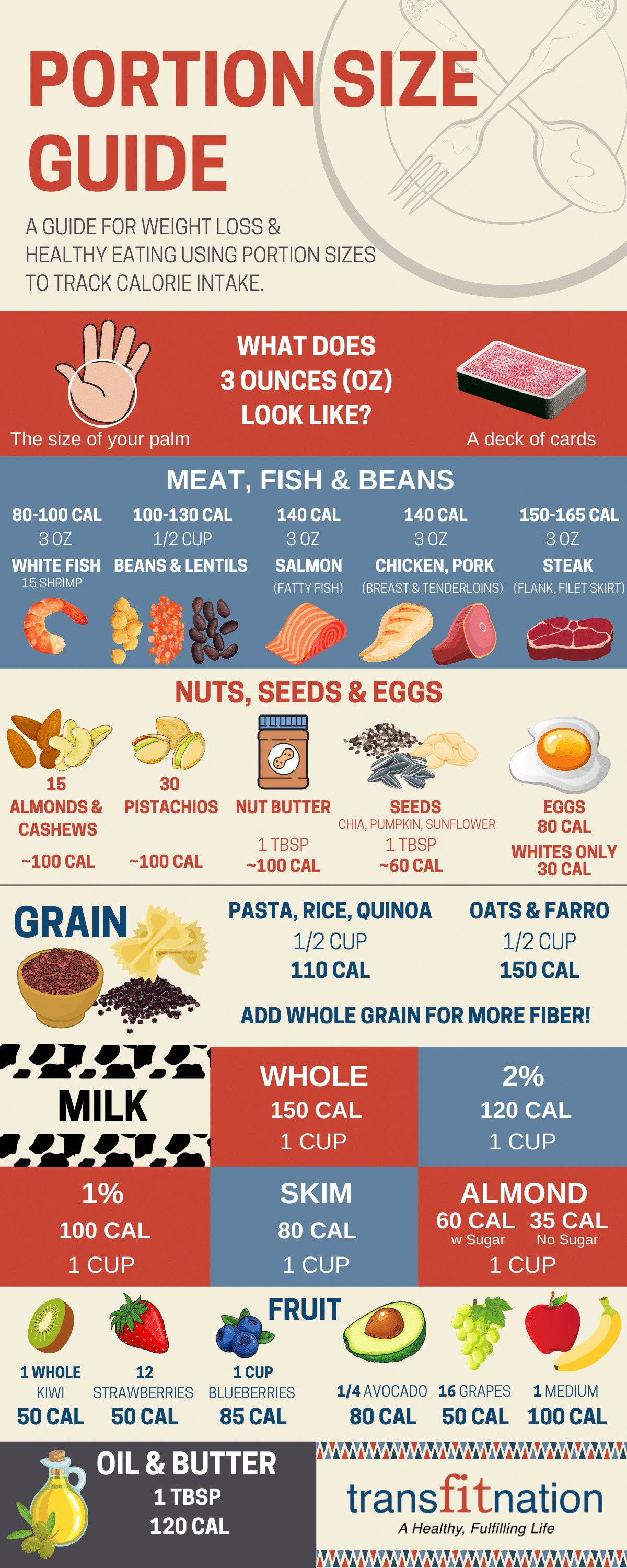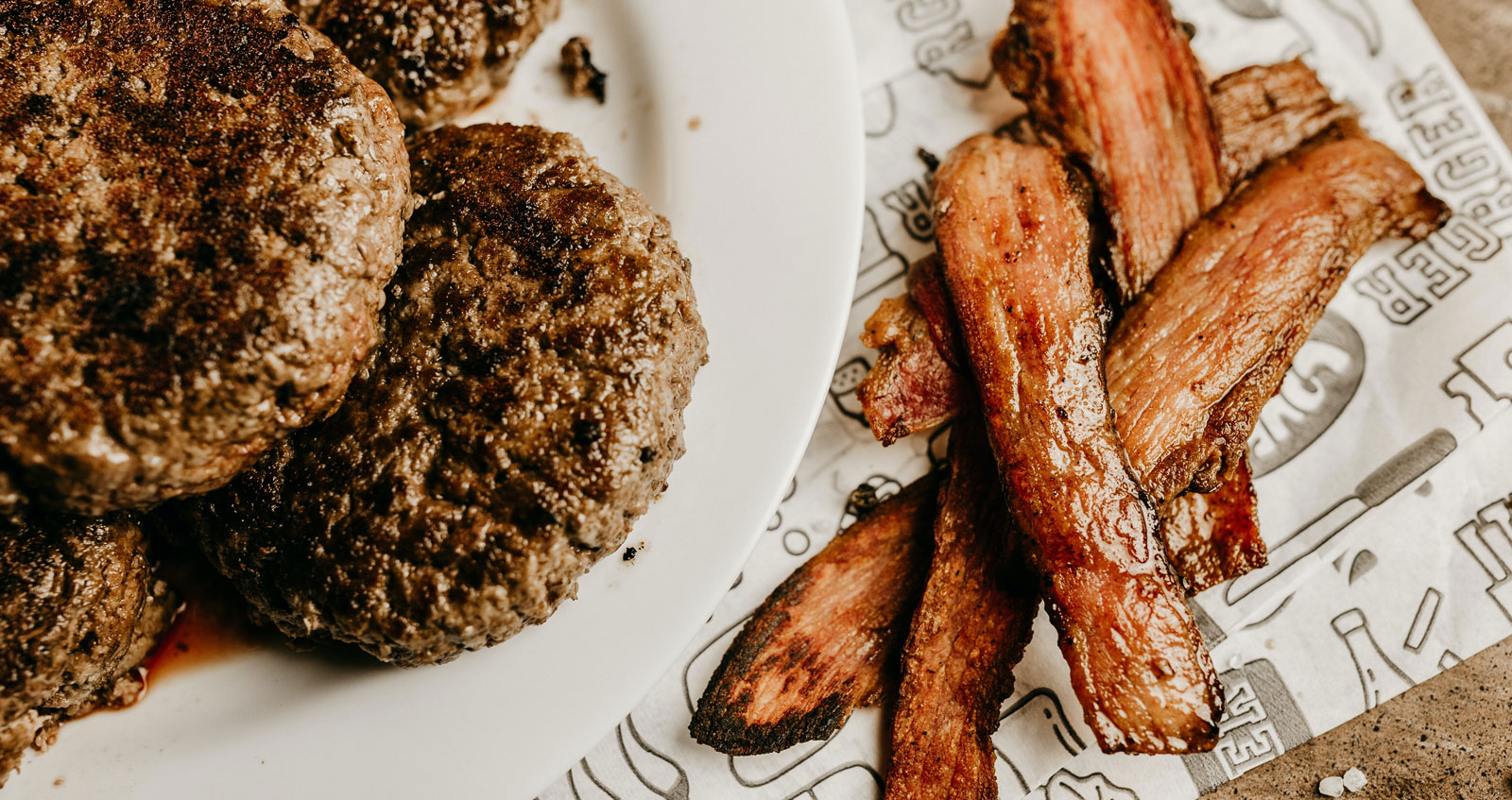Is Salami Healthy? Everything You Need to Know
– Salami is a type of cured sausage typically made from pork or beef.
– It is low in carbs and calories but high in protein, fat, and sodium.
– Three slices of hard salami contain 99 calories, 7 grams of protein, 8 grams of fat, and 0.5 grams of carbs.
– It is a good source of vitamins and minerals such as vitamin B12, thiamine, niacin, and zinc.
– Salami is high in sodium, with almost a quarter of the daily value in just three pieces.
– Salami contains vitamin B12 and niacin, which are important for brain function, and zinc, which is necessary for DNA synthesis, wound healing, and immune health.
– Some types of salami may contain probiotics, which can support digestion, immunity, and heart health.
– Most varieties of salami are high in sodium, with some packing 535 mg into a 3-slice serving.
– Consuming high amounts of sodium can increase water retention and blood pressure levels.
– High sodium diets could be linked to an increased risk of stomach cancer.
– Salami is considered a type of processed meat, which can be associated with an increased risk of several types of cancer.
– Processed meat often contains preservatives like sodium nitrate, which can be converted into a compound called nitrosamine in the body, linked to a higher risk of certain types of cancer.
– Salami and other meat products are susceptible to contamination with harmful pathogens, including Salmonella, Escherichia coli (E. coli), and Listeria monocytogenes.
– Heating salami to an internal temperature of 165°F (74°C) is recommended to ensure safety.
– Enjoying processed meats like salami in moderation as part of a well-rounded diet is acceptable.
– Cured salami uses chemical additives like sodium nitrite, while uncured salami uses salt and natural additives.
– Both types can contain nitrites, which may be harmful.
– Different varieties of salami offer similar nutrients, but it is important to choose a low sodium brand if following a low sodium diet.
– Salami can be enjoyed in moderation.
– The American Heart Association recommends limiting sodium intake to less than 2,300 mg per day, or ideally less than 1,500 mg daily.
– High sodium diets could be linked to an increased risk of stomach cancer.
– The International Agency for Research on Cancer classifies processed meat as carcinogenic.
– Foodborne illness is associated with symptoms like nausea, vomiting, diarrhea, and stomach pain.
– Deli meats like salami should be heated to an internal temperature of 165° F (74° C) before eating to ensure safety.
– It is recommended to practice proper food storage and hygiene when preparing and consuming salami.
– There are various types of salami available, such as Genoa, pepperoni, soppressata, and Felino, which differ in their flavors, spices, and production methods.
– When consuming salami, it is recommended to choose a brand that is low in sodium and heat it to an internal temperature of at least 165°F (74°C) to prevent foodborne illness.
